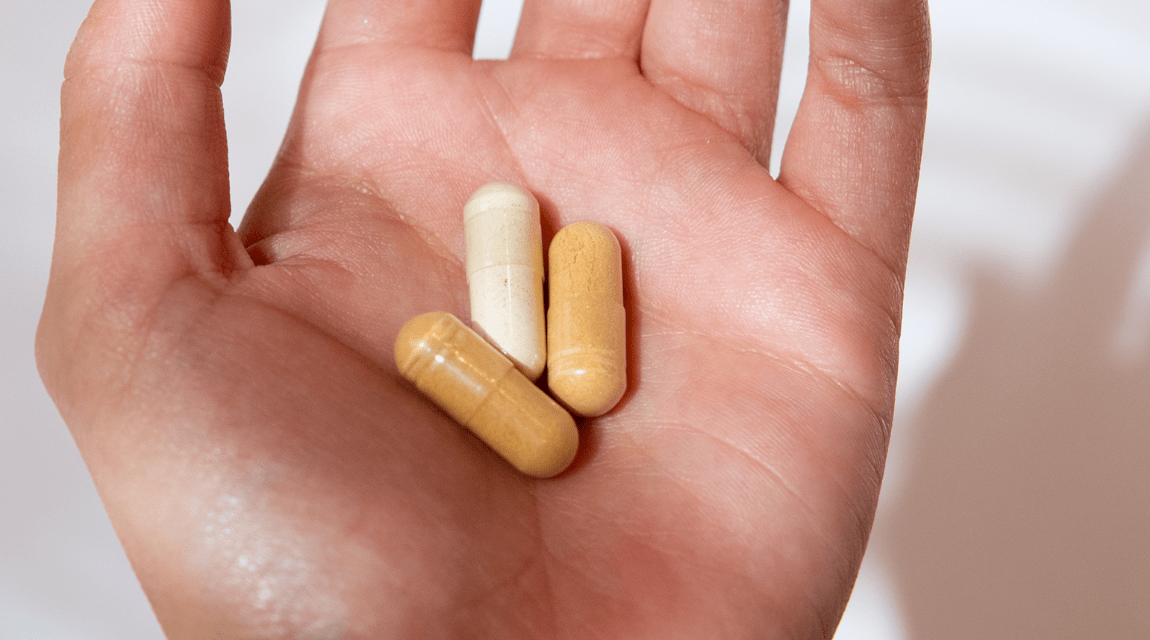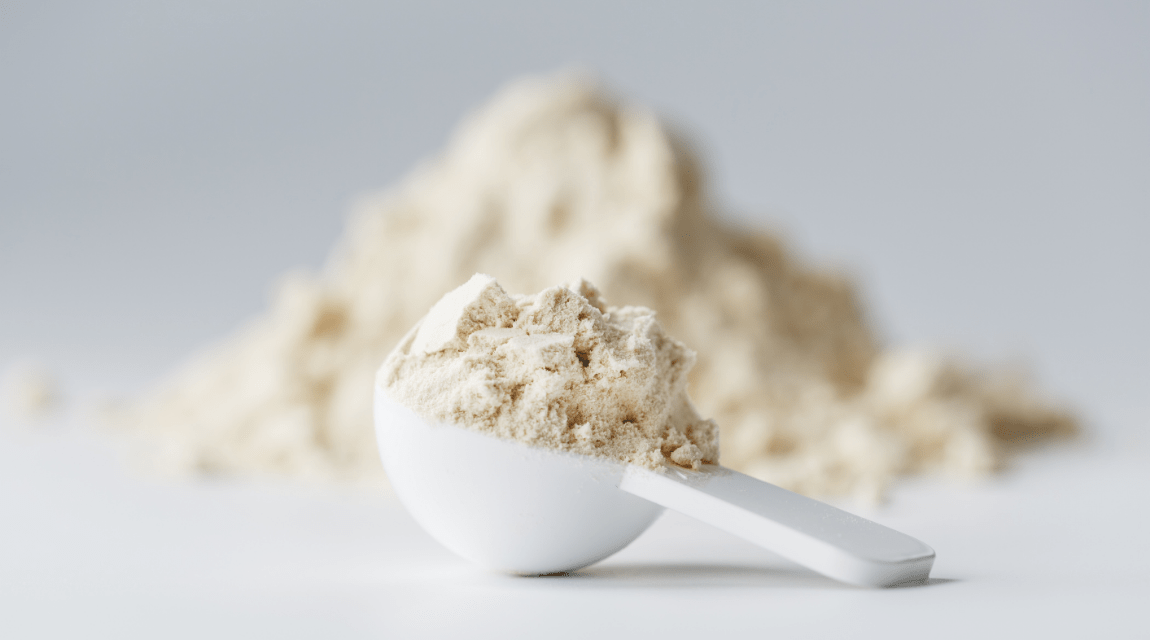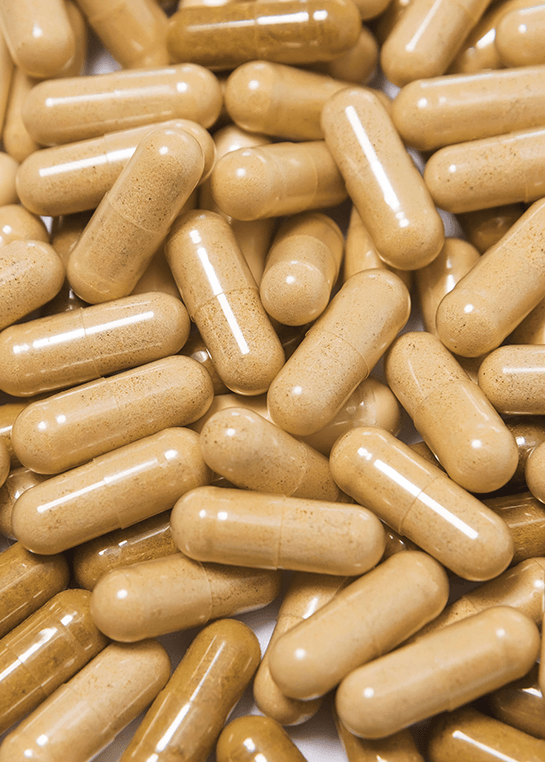How do I choose the best multivitamin?

Do you take a multivitamin? If so, how do you choose which one? Do you grab whatever is on sale, take the one you're significant other uses or do you have a preferred brand? And if you don’t take a multivitamin, why not? If it’s because you don’t know where to start, you’re not alone.
Walk into any supermarket, drugstore or health food store and you’ll see racks of shelves housing about a zillion different multivitamin brands. You can find even more options online. We’re going to help you navigate this chaotic landscape so you’ll be better prepared to choose the best multivitamin!
Why You Should Take a Multivitamin
Before we get into the specifics of multivitamins, we should talk a little about their benefits. Unless you’ve lived your entire life in a carefully constructed, hermetically sealed enclosure free of all environmental toxins, you’ve eaten only fresh, wholesome foods grown and raised within your enclosure, you get eight hours of restorative sleep each night and you live a stress-free life, your body could likely benefit from a daily multivitamin!
For many of us, regularly eating a healthy diet full of fresh fruits and veggies, getting enough sleep and reducing our stress is simply not possible. As a result, our bodies often don’t get enough of the nutrients we need for optimum health. A high-quality multivitamin can help fill in the nutritional gaps.
Even if you eat a well-balanced diet, sleep well and manage your stress, your body is continually fighting disease, free radicals and toxins. Adding a multivitamin to your arsenal can help strengthen your immune system. High-quality multivitamins can also help you sleep better, feel more energized and improve your mental clarity.
If you follow a specific diet plan such as paleo, keto, vegetarian or vegan, some of the foods you’ve eliminated from your diet contain nutrients your body needs — taking a multivitamin daily can replace some of these lost nutrients.
Not All Multivitamins Are the Same
Just as buying a package of low quality $1.75 vegetable soup mix compared to purchasing a premium organic $7 brand loaded with vegetables, the nutritional quality of multivitamins can vary quite a bit. You might be thinking how can this be? Vitamins and minerals come from the same basic sources, so how can one multivitamin be far superior to another? Actually…vitamins and minerals do not come from the
same sources or in the same forms. And lower quality multivitamins can contain artificial ingredients and even toxins known to be harmful to our bodies!
In addition to a plethora of brands, you’ll also find different types of daily multivitamins. Again, think of walking down the vitamin aisle or browsing online. You’ll find unisex vitamins, some for specific genders, some with ingredients beyond vitamins and minerals, some are single-pill servings and others require multiple pills per serving — so how do you choose? Let’s take a look at the factors that matter.
What Makes A Multivitamin High Quality?
Fortunately, there are a few easy ways to determine if a multivitamin is worth your time and money. Here’s what to look for:
-
Number of Ingredients and Serving Size: While taking a single pill might seem the easiest, many single-pill multivitamins simply can’t fit enough ingredients to make much difference. The best multivitamins tend to have at least 23 vitamins and minerals, so count the number of ingredients and don’t be put off if the serving size is more than one pill.
-
Vitamin Sources: The same vitamin can come in a variety of forms, and the form matters. Cheaper vitamins often use low-cost forms which aren’t metabolized by the body very well — or have toxicity concerns. For example, inexpensive multivitamins tend to contain vitamin A from retinyl acetate, vitamin A palmitate, vitamin A acetate, retinyl palmitate or preformed vitamin A. Vitamin experts will tell you to avoid these forms, especially in doses above the 100% DV. A higher quality vitamin uses vitamin A from mixed carotenoids or beta carotene instead, which your body can easily convert to the form it needs. You’ll also avoid the toxicity issues by choosing a multivitamin using carotenoids instead of the cheaper forms.
Another one to watch for in lower quality multivitamins is vitamin D2. If vitamin D2 comes from ergocalciferol, avoid it. Ergocalciferol is the kind plants synthesize, so our bodies must convert it to D3 cholecalciferol to metabolize it. Higher quality vitamins will use cholecalciferol as the vitamin D2 form. Cholecalciferol is the form our skin makes when we’re exposed to sunlight, so our bodies naturally metabolize it better.
-
Gender Specific: Male and female bodies have different nutritional needs. Taking a gender-neutral multivitamin certainly won’t hurt you, but if you’re going to invest the money and time into taking a multivitamin, it’s best to choose one specific for your gender. Vitamins designed for specific genders often contain different doses. For example, women’s bodies tend to need more iron than men, especially during their menstrual years, so a women-specific vitamin will usually contain more iron than ones made for men. Gender-specific vitamins also often contain ingredients for different health needs, such as prostrate support for men or hair, skin and nail support for women.
Artificial or Toxic Ingredients: While this seems like a no-brainer, many lower cost multivitamins and supplements contain artificial ingredients such as food coloring! Why would a multivitamin manufacturer add food coloring? To merely make the vitamin look “prettier” — or worse, to potentially mask that the active ingredients have degraded due to poor storage conditions.
-
Another common ingredient to watch out for is titanium dioxide. You might be thinking, “Wait, isn’t that what is in sunscreen?” Yes, it’s that titanium dioxide! Manufacturers add it for coloring. If one of the primary reasons you’re investing time and money into taking a multivitamin is to help your body combat toxins, you certainly don’t want your efforts derailed by your vitamin.
- Other Ingredient Considerations: If you’re following a paleo or vegan diet, or if you need to avoid gluten or dairy, you might be surprised to find that some multivitamins contain ingredients you’re trying to stay clear of. The better multivitamins are usually free of these ingredients, and the label will say so.
So, now you know a few of the ways multivitamins can differ. The big mass producers of multivitamins often use lower cost ingredients so they can offer inexpensive vitamins to consumers who haven’t taken the time to compare. Yes, you might have to read the labels carefully — and be prepared to spend more, but once you find a high-quality multivitamin, you can stick with it. Consider subscribing to an online seller, which will save you time and money. Many online sellers offer significant discounts if you sign up for regular deliveries!
Sources:
https://pinnaclife.com/blogs/education-center/5-things-to-look-for-in-a-multivitamin
https://www.health.harvard.edu/staying-healthy/dietary-supplements-do-they-help-or-hurt
https://www.webmd.com/diet/how-to-evaluate-vitamins-supplements#1
https://www.drweil.com/vitamins-supplements-herbs/vitamins/finding-good-vitamins/
http://info.achs.edu/blog/5-dangerous-ingredients-in-your-vitamins-and-dietary-supplements
News you can use.
If it’s good, it’s here. We’ve got a feed full of health tips, life hacks, nutrition tips, awesome events, fun ways to stay fit, and more.









